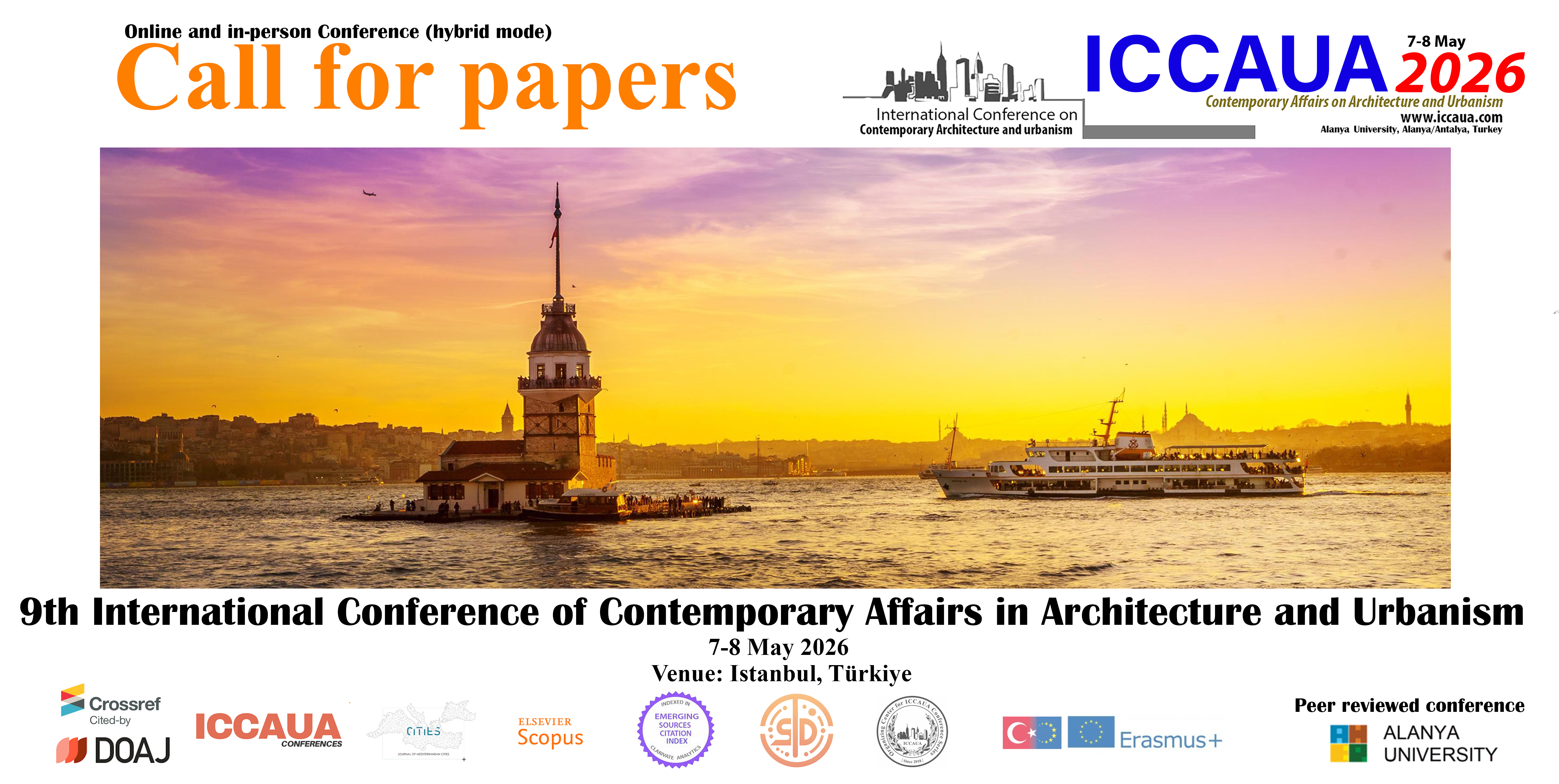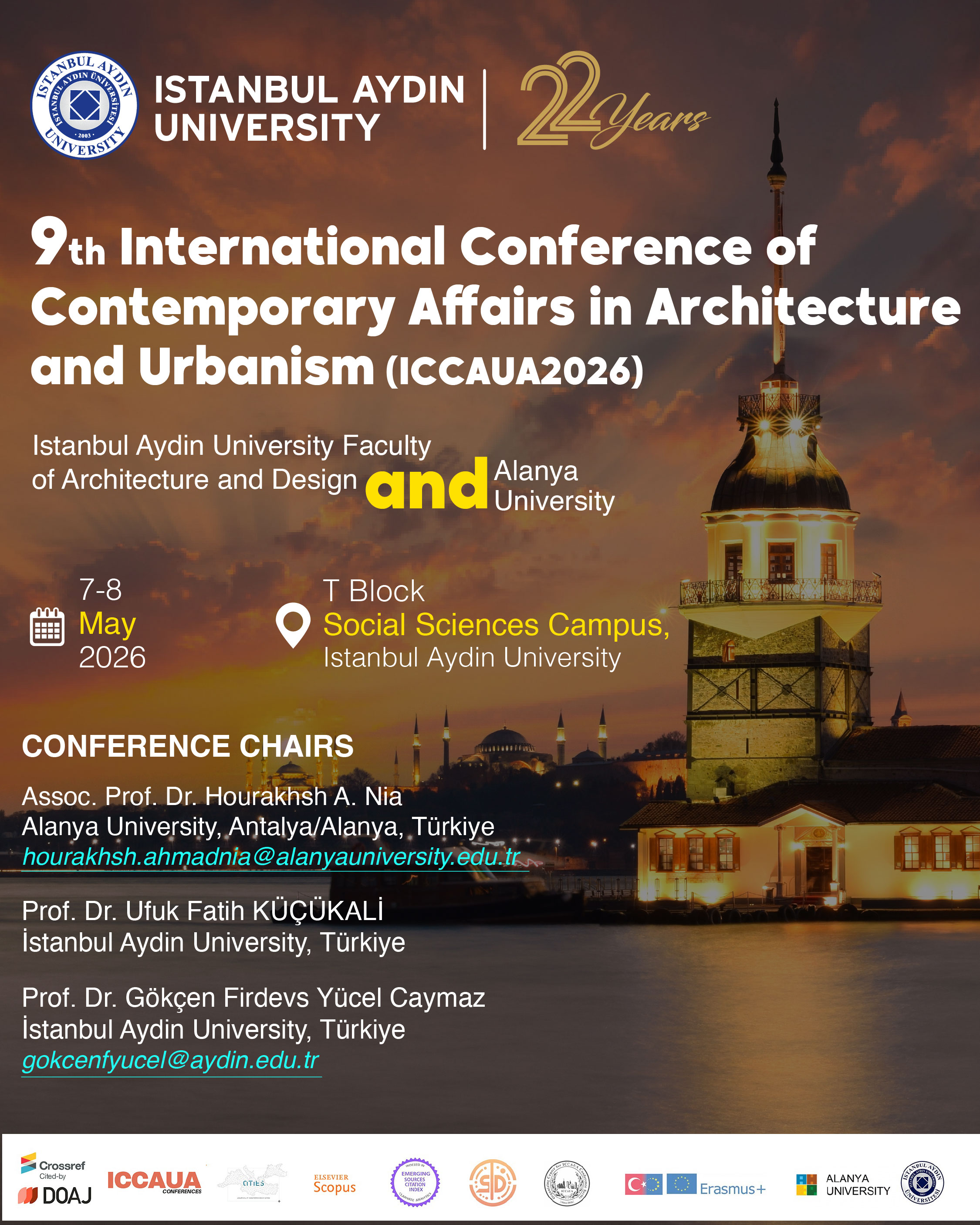Change From A Residential Area To A Tourist Area: Eskisehir-Odunpazari
DOI:
https://doi.org/10.38027/iccaua2023tr0007Keywords:
Eskişehir, Odunpazarı, Tourism Genealogy, NeoliberalismAbstract
Due to the neoliberal economy, which is characterized by the dominance of the private sector and the provision of various opportunities for private capital, the regulation of existing spaces and their ownership is based on free market conditions. The growing influence of neoliberalism has led to the implementation of policies that aim to strengthen the competitive urban environment, with strategic planning of cultural activities. As a result, cities strive to compete in the global market by leveraging their cultural assets to support their economic infrastructure. This is often achieved through various practices, including the construction of iconic structures that enhance the visibility of cities within the neoliberal system and bring economic benefits, as well as the gentrification of urban areas . The desire of Odunpazarı to gain recognition and visibility, influenced by economic policies such as competition and branding, has resulted in its transformation from a residential area into a tourist destination featuring museums, cafes, and accommodation options like the Balmumu Museum (2012) and Kent Belleği Museum (2012). This analysis will be supported by a review of relevant literature, aiming to assess the current situation.
Downloads
Downloads
Published
How to Cite
Issue
Section
License
Copyright (c) 2023 Özlem Büyüktaş, Özlem Kandemir

This work is licensed under a Creative Commons Attribution 4.0 International License.




















